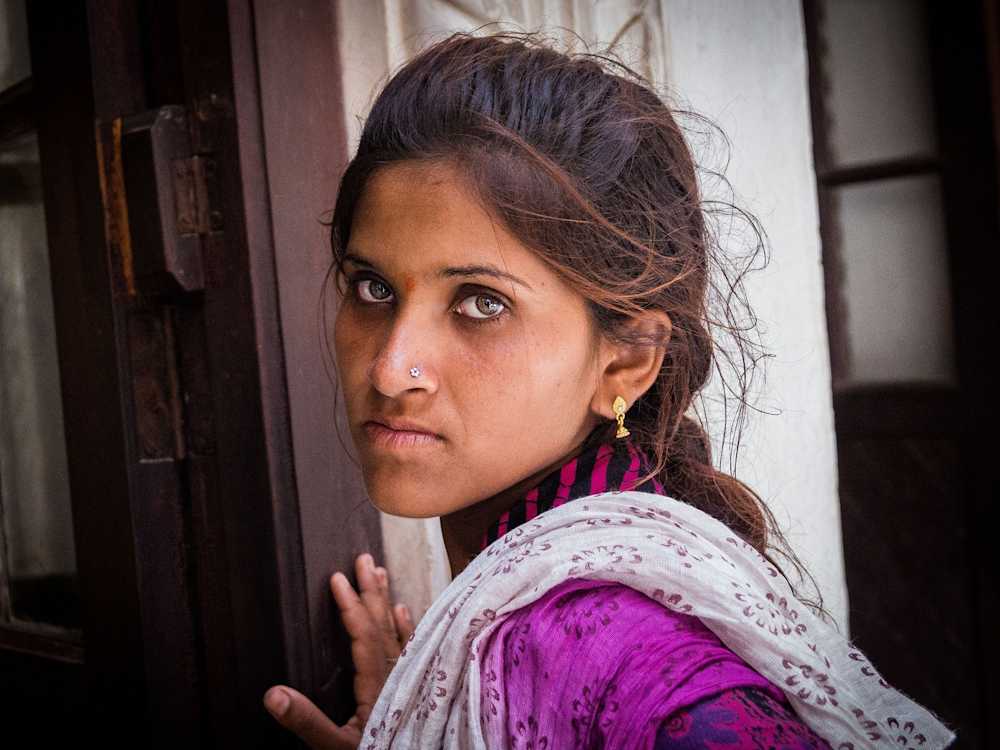267 Years: Gender Equality after the Pandemic

The COVID-19 pandemic has had a regressive effect on gender equality and has exacerbated existing inequalities in economic outcomes between men and women.
Curiously enough, women accounted for 54% of overall job losses during the pandemic even though they make up only 39% of global employment[1]. Women’s jobs were, thus, 1.8 times more vulnerable compared to men’s jobs during the pandemic. Consequently, the gender poverty gap continues to deepen in a post pandemic world with 118 women now living in poverty[2] for every 100 poor men globally. This number is expected to rise to 121 by 2030[3].
Why have women found it much harder to weather this crisis?
Taking a pre-pandemic baseline, women already had lower levels of access to land, financial capital, and social security globally. Come 2020, these gaps widened due to a variety of factors: women were overrepresented in industries that were the hardest hit by the pandemic such as food services, retail, hospitality, and entertainment. These sectors together account for 40% of all employed women. Additionally, 72% of all domestic workers, 80% of whom are women, lost their jobs because of COVID-19[4]. Moreover, women’s unpaid care work also rose disproportionately with the closure of schools, childcare facilities, and increased elder care all resulting in more women dropping out of the workforce.
Take the case of my country, India, for example: between March-April 2020, 26.6% of the female workforce, moved out of the labour force as compared to 13.4% men. Things did not get much better subsequently either. Even as of December 2020, the size of the female labour force continued to be 14% lower than December 2019 levels, compared to just 1% lower for men[5]. Strict nationwide lockdowns in India meant that millions of urban middle class and affluent Indians had to manage without their maids, nannies, cooks and nurses. With the burden of all unpaid care work falling on dual earner households, I painfully witnessed, some highly capable female peers feel compelled to sacrifice wages, career progression or/and educational opportunities to meet domestic and childcare responsibilities[6].
The World Economic Forum estimated that at the current rate of change, the gender gap in Economic Participation and Opportunity will take 267.6 years to close[7].
Evidently, our collective actions towards building back stronger post-pandemic would need to be more gendered in order to be effective. It must also bring together a wide variety of actors with a shared vision of improving economic opportunities for women. This would entail putting in place a host of measures that: help toreduce the gender wage gap, improve access to child and elder care mechanisms for women, establish gender-based employment targets and most importantly, change societal mindsets towards working women.
What can intentional investors do to make a difference to the lives of women and girls?
Gender smart investing is a growing asset class with a compelling business case that can help close this gap in women’s economic opportunities. It involves investing with the explicit intention to address gender issues using gender disaggregated data and metrics. Under this approach, fund managers are called to invest in companies in which women are adequately represented in leadership, in the workforce, in their specific value chains and in their product, and service designs. What is fascinating is that there is a fast-growing body of evidence that establishes strong associations between investing in women and simultaneously achieving better financial outcomes[8].
How is responsAbility making more gender responsive investment decisions?
In June 2021, responsibility Investments joined forces with the Swedish International Development Agency SIDA and Danske Bank to launch a social bond, with the belief that investing in women truly means investing in a better world. Under this bond, a gender lens is applied to every investment decision. This means that an analysis of existing company policies, strategies, and outcomes is carried out to identify gaps that may systematically exacerbate gender inequalities within companies. A gender smart assessment tool[9] is applied to obtain a gender score for each portfolio company. Subsequently, gender action plans are drawn up in consultation with portfolio companies to outline a roadmap for them to intentionally improve their gender outcomes over time. The progress against this roadmap is then monitored during the period of our investment.
WATCH: Webinar on Gender Lens investing in action

responsAbility also systematically collects and monitors gender disaggregated data following the criteria laid out by the 2X challenge[10], a critical initiative towards facilitating increased access to finance to women. One of our climate funds also recently qualified for the 2X challenge. Interestingly, when we first started collecting and monitoring this data, it became evidently clear to us that several of our portfolio companies had never gathered data that was disaggregated by gender prior to this. Now, 5 years later, these have become powerful additions to their data systems with the potential to deliver invaluable business insights[11].
We have a long way to go towards being more intentional about our contributions to gender equality in our investment processes, but we are steadfastly committed to this goal. Not only because we believe that it is the just way forward but also because it is simply smart business, strongly associated with greater long-term shareholder value.
[2] Poverty here is defined as living on less than USD 1.90 per day
[9] The assessment toolkit is based on SEAF's GES toolkit, 2X criteria, Catalyst at Large & Sagana
[11] Take a look at one of our investees PEG Solar’s here: Climate Finance and Gender Equality Go Hand in Hand - YouTube

Tanya Philip
Tanya Philip is an Impact Officer with responsAbility Investments. She has authored several research reports and articles around sustainable financing for development and financial inclusion. Her diverse experience covers impact measurement and management, public and private sector advisory, project management, and designing quantitative studies. She holds a Masters in International and Development Economics from Yale University and a Bachelors in Economics from St. Xavier’s College, Mumbai.